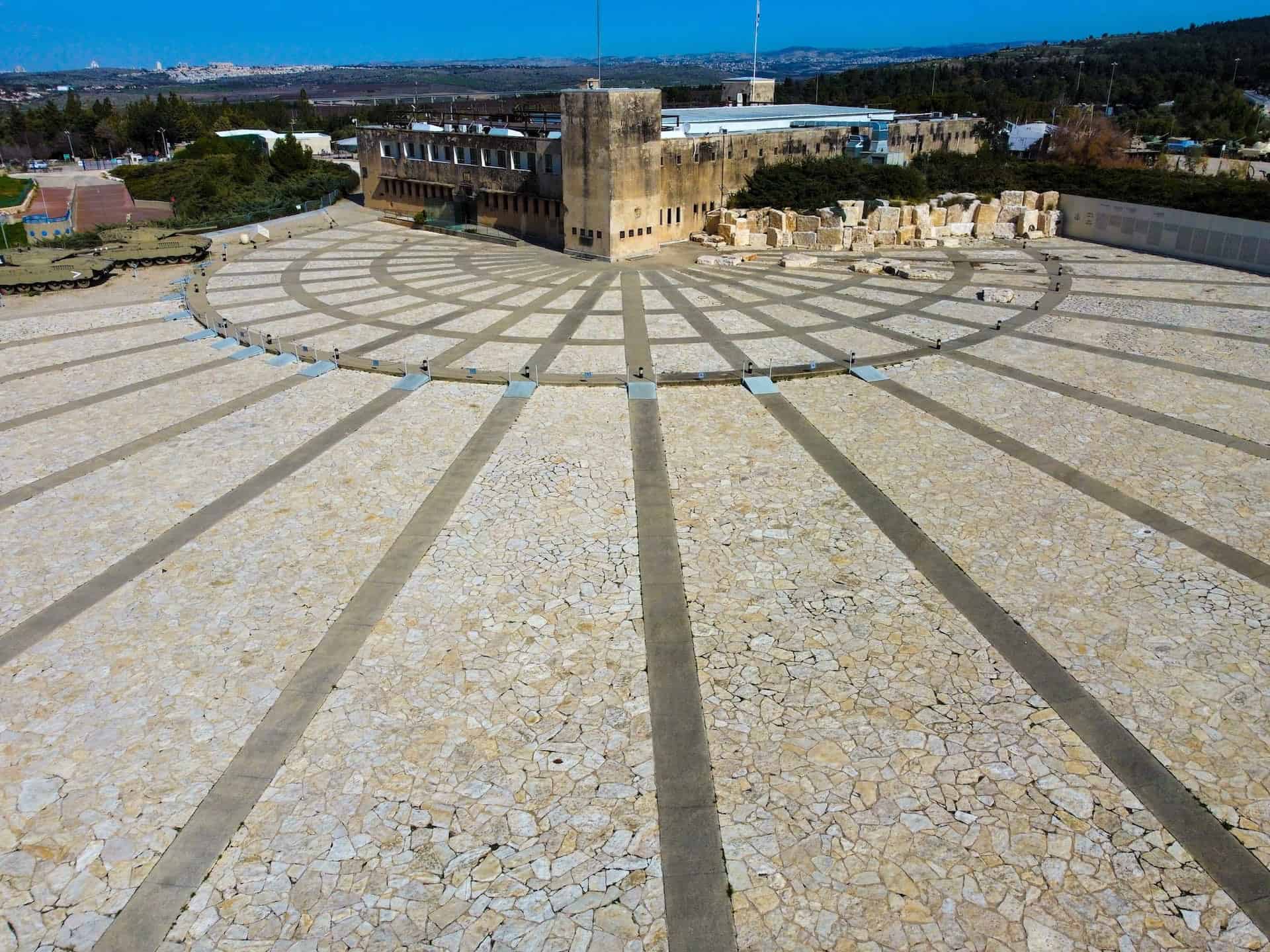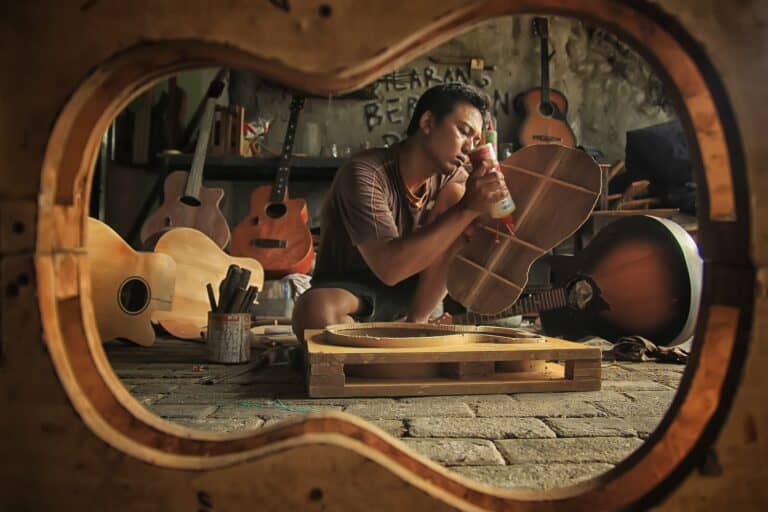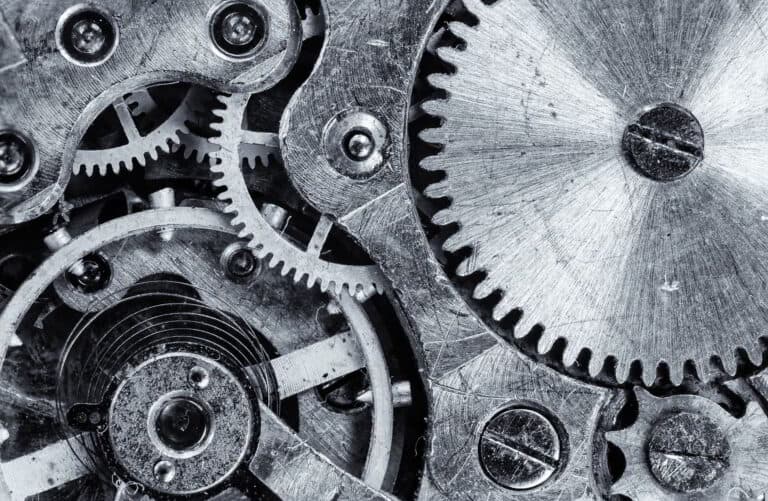
Introduction
In the grand scheme of things, design is not a one-way street. It’s a reciprocal journey where our creations not only shape the world but also influence us in return. Let’s delve deeper into this fascinating cycle of influence and creation.
“Design creates culture. Culture shapes values. Values determine the future.” – Robert L. Peters

The Interconnected Web of Creation and Influence
The world of design is akin to an interconnected web, where creations and their influences are in a constant state of flux. This section explores how our designs shape the world and, in turn, how the world molds us, fostering a cycle of continual growth and evolution.
The Ripple Effect: Designs that Resonate
Every design sends out ripples of influence, impacting not just the immediate surroundings but also reverberating through time and space. Here, we delve into the ripple effect of designs, exploring how creations can resonate deeply, leaving a lasting imprint on the world and its inhabitants.
The Evolutionary Path: Adapting and Growing with Our Creations
As creators, we are not static entities. We evolve and grow with our creations, adapting to the changing landscapes and drawing inspiration from the world that our designs help shape.
“To design is to communicate clearly by whatever means you can control or master.” – Milton Glaser
Conclusion: The Harmonious Dance of Creation and Influence
As we conclude this exploration, it becomes evident that the journey of design is a harmonious dance of creation and influence. It’s a symbiotic relationship where we shape our world, and in return, our world acts back on us, guiding us on a path of continual growth and enlightenment.
“Design is a plan for arranging elements in such a way as best to accomplish a particular purpose.” – Charles Eames
FAQs
How does the reciprocal nature of design influence the creative process?
Answer: The reciprocal nature of design fosters a dynamic and evolving creative process, where designers are continually influenced by the world they help shape, leading to more enriched and nuanced creations.
Can the ripple effect of design have a long-lasting impact on society?
Answer: Absolutely, the ripple effect of design can resonate deeply, influencing societal values, cultures, and even shaping the future through its lasting imprint.
How can designers ensure a harmonious balance between creation and influence?
Answer: Designers can maintain a harmonious balance by staying attuned to the changing landscapes, adapting to new influences, and incorporating them into their creations, fostering a cycle of growth and evolution.
What role does adaptation play in the reciprocal journey of design?
Answer: Adaptation plays a pivotal role, allowing designers to evolve with their creations, drawing inspiration from the changing world, and incorporating new influences into their work, fostering a dynamic and evolving design landscape.
How can the concept of reciprocal design be implemented in modern design projects?
Answer: Implementing reciprocal design involves fostering a symbiotic relationship where designers are open to the influences of the world they shape, incorporating new inspirations and adapting to changing landscapes, thus creating designs that are both influential and responsive to the world’s dynamics.
Keywords: Reciprocal design, creation and influence, ripple effect, evolutionary path, harmonious dance, symbiotic relationship, adaptive design process.
References: The World of Reciprocal Design, The Ripple Effect in Design, The Evolutionary Path of Design, The Harmonious Dance of Creation and Influence, The Symbiotic Relationship in Design.





